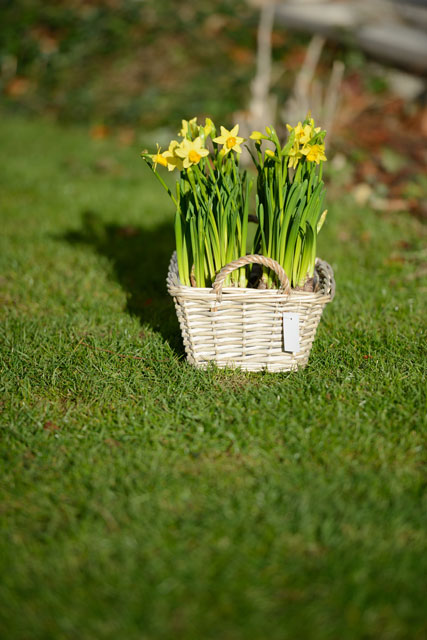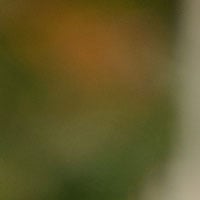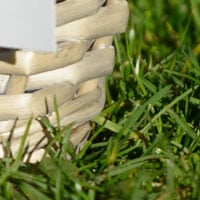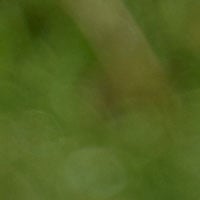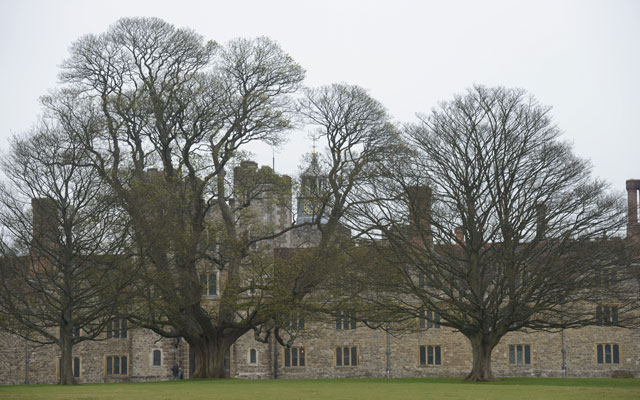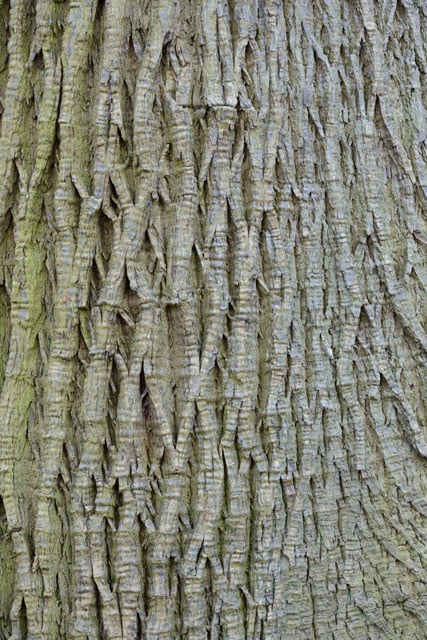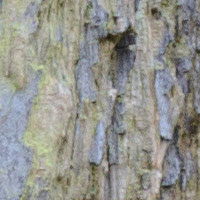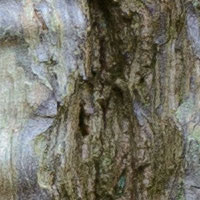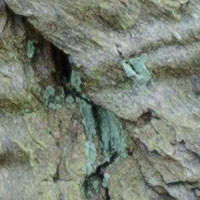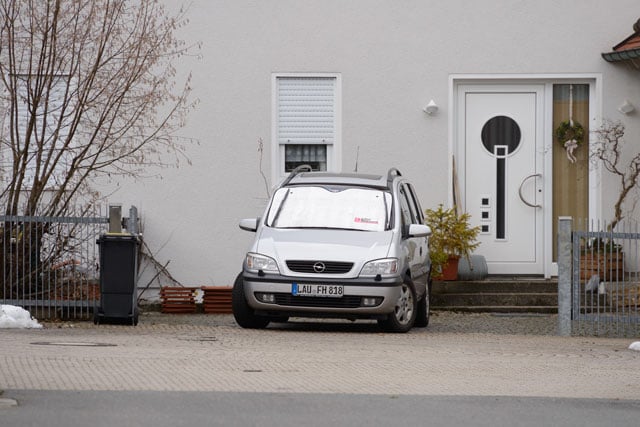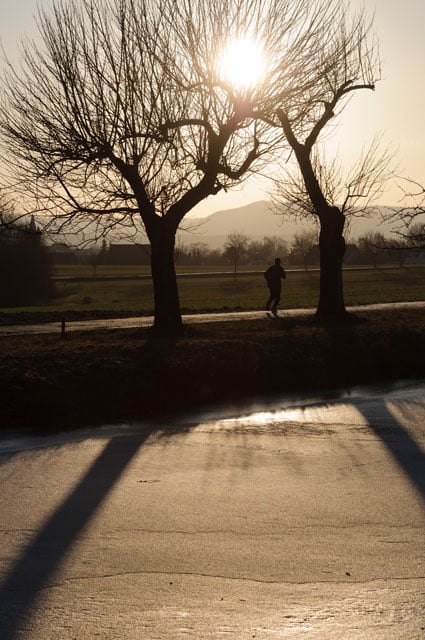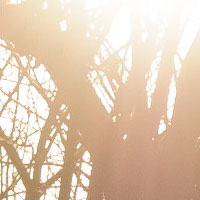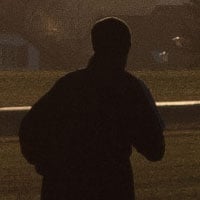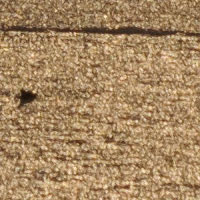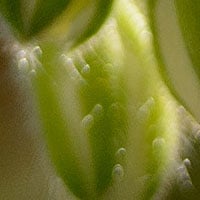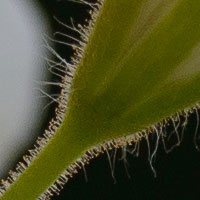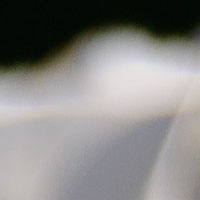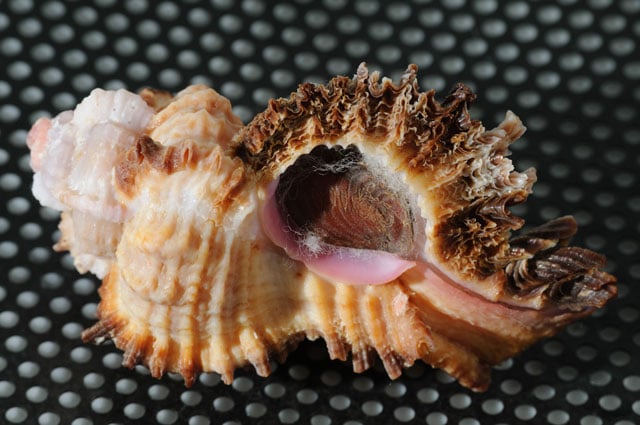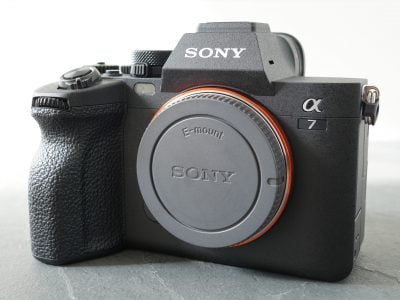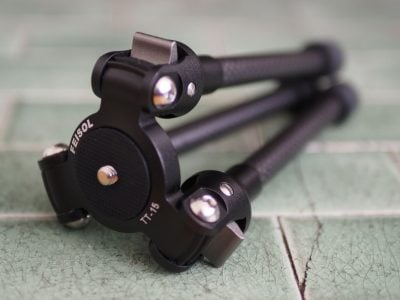Nikon 70-200mm f2.8G VR II review
-
-
Written by Thomas
Samples
The following images were taken with the Nikon 70-200/2.8 on a D800. Each image was recorded in RAW and converted with Lightroom 4.3 at Camera Standard settings. Noise-reduction is set to 0, sharpening to 70/0.5/36/10, no extra tone, color, or saturation-adjustment was used. You can click on each image to access the large original. Please respect our copyright and only use those images for personal use.
The first shot should give you an impression of the bokeh that this lens can produce wide open. The 50% crops are from the background, the sharpest point, and the foreground in the overall image and demonstrates the rendering of out-of-focus elements.
| Garden: bokeh shot with Nikon Nikkor 70-200/2.8G VR at 200mm f2.8 on a D800 | |||||||
| |||||||
| Main image and all 50% crops: 200mm, f2.8, 100 ISO |
A maximum aperture of f2.8 is not really optimal to produce spectacular bokeh. But the lens still lets you blur details in the foreground and background quite effectively. Foreground highlights have a slight outlining and show some cat’s-eye effect. But it is clearly better than the somewhat nervous bokeh of its smaller sister as is demonstrated in the following comparative shot.
| Bokeh comparison with Nikon Nikkor 70-200/4.0G VR at 200mm f4.0 on a D800 (50% crops) | ||||
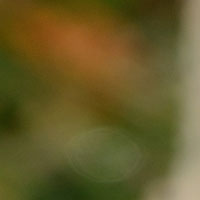 | 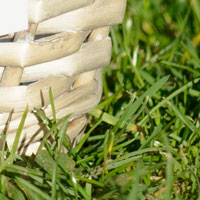 | 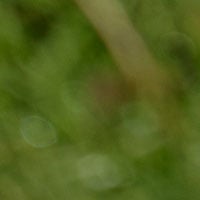 | ||
200mm, f4.0, 100 ISO | 200mm, f4.0, 100 ISO | 200mm, f4.0, 100 ISO | ||
Next up are the oaks in front of Knole House captured from quite some distance at 125mm focal length. The image was captured hand-held with VR=ON.
| Knole House: shot with Nikon Nikkor 70-200/2.8G VR at 125mm f5.6 on a D800 | ||||
| Main image and all 100% crops: 125mm, f5.6, 1/125 sec, 100 ISO | ||||
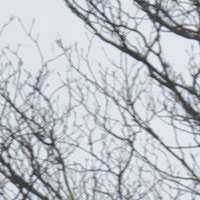 | 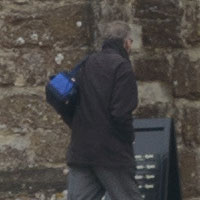 | 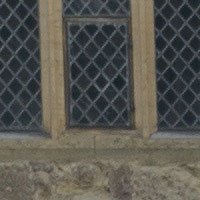 | ||
f5.6, 100 ISO | f5.6, 100 ISO | f5.6, 100 ISO | ||
The bark of an old oak demonstrates the ability to resolve fine details at closer distances with 70mm focal length. The shot was done hand-held with VR=ON.
| Bark: shot with Nikon Nikkor 70-200/2.8G VR at 70mm f5.6 on a D800 | |||||||
| |||||||
| Main image and all 100% crops: 70mm, f5.6, 1/80 sec, 500 ISO |
Using a tele-converter can extend the useful reach of this lens. I tried the Nikon TC-17E II which converts the lens into a 120-340mm f4.7 zoom. All functions like AF-S, VR, and the correct recording of EXIF data are retained. I shot the lens stopped down to f4.0 which produces an effective aperture of f6.7 in combination with the 1.7x tele-converter. The following shot demonstrates that the resolution of this lens can even bear an additional 1.7x magnification. Good to know!
| Car: Nikon TC-17E II tele-converter plus Nikon 70-200/2.8G VR at 340mm f6.7 on a D800 | ||||
| Main image and all 100% crops: 340mm, f6.7, 1/160 sec, 200 ISO | ||||
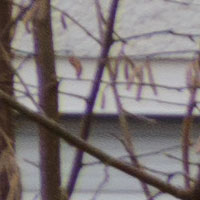 | 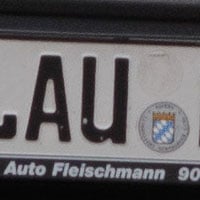 | 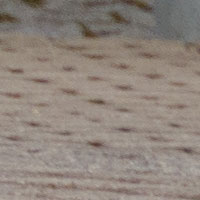 | ||
f6.7, 200 ISO | f6.7, 200 ISO | f6.7, 200 ISO | ||
The following shot taken with a D300 at 70mm shows how the lens copes with flare when shot directly into the sun.
| Flare: contra-light shot with Nikon Nikkor 70-200/2.8G VR at 70mm f8.0 on a D300 | |||||||
| |||||||
| Main image and all 100% crops: 70mm, f8.0, 1/2000 sec, 200 ISO |
The next sample image gives you an impression of the close-up performance. The image was at at 200mm focal length, a focus distance of 1.5m, and wide open at f2.8. It shows that the lens can reproduce very small and fine details although the magnification with around 0.1x is not that impressive.
But mounting a close-up filter like the very good Canon 500D can bring you much closer to things. Mount this two diopter lens to the front of the 70-200/2.8 and you can cover a range of magnifications of 1:7.1 (at 70mm focal length) down to 1:2.5 (at 200mm focal length) with a working distance of 50cm – which is very practical. See how you can extend the useful range of close-up work with this duo:
| Murex: close-up filter Canon 500D with Nikon 70-200/2.8G VR at 200mm f16 on a D300 | ||||
| Main image and all 100% crops: 200mm, f16, 160 sec, 200 ISO | ||||
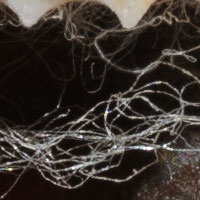 | 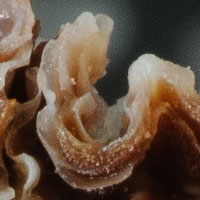 | 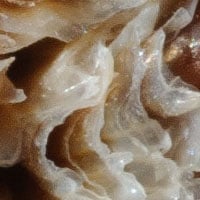 | ||
200mm, f16, 200 ISO | 200mm, f16, 200 ISO | 200mm, f16, 200 ISO | ||
By the way, there is a secret trick for achieving optimum sharpness of the Canon D500 on this lens: reverse-mounting. That is you mount the close-up lens with the front-element towards the 70-200/2.8 zoom. There are special reverse-mount rings to do this or you can simply unscrew the inner ring from the D500, get the glass out of the fitting, reverse it, and screw the inner ring back in place. Warning: this might invalidate your warranty.
For more examples check out all my high-resolution Nikon 70-200mm f/2.8G VR II sample images. The older images of that set were taken with a Nikon D300.
